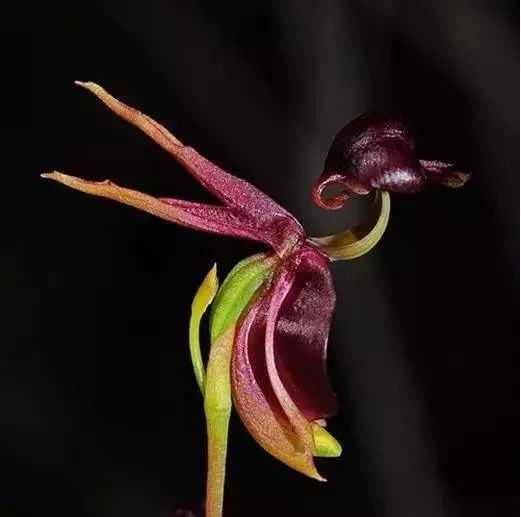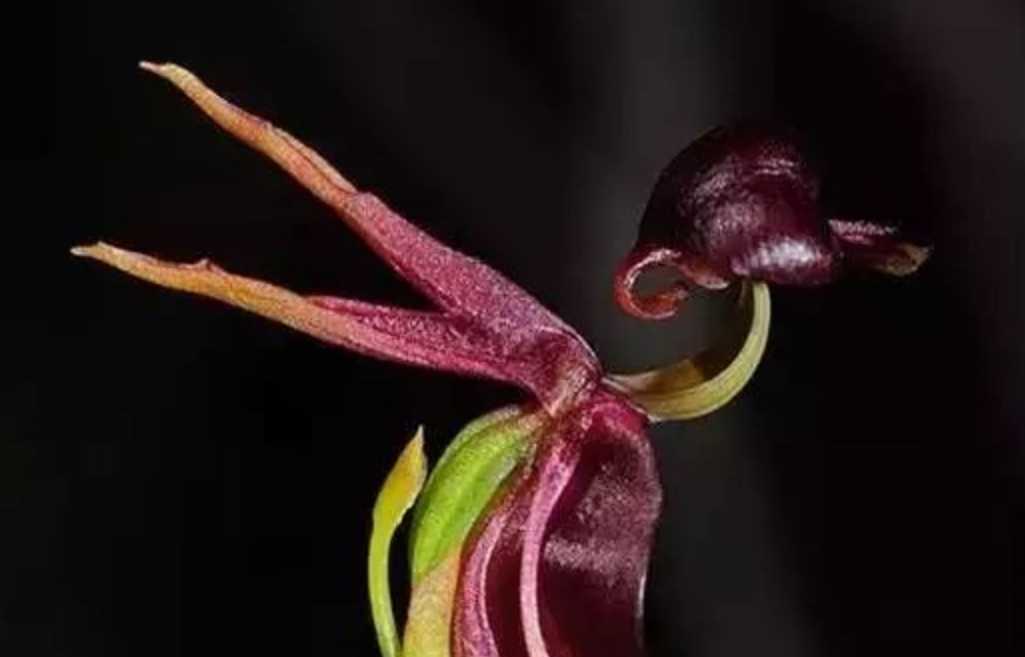Fascinating Duck Orchid: Nature's Avian-inspired Wonder
The Duck Orchid (Caleana major), a remarkable endemic plant of eastern Australia, has captivated botanists and nature enthusiasts with its uncanny resemblance to a flying duck. Found in subtropical rainforests and eucalyptus woodlands from Queensland to Victoria, this orchid thrives in nutrient-poor soils, relying on a unique symbiotic relationship with fungi for survival. Its scientific name honors George Caley, an 18th-century botanist who first documented Australia’s diverse flora.

Source: Images from the Internet, if there is any infringement, please contact the removal of
The plant’s most striking feature is its flower, where the labellum (lower petal) forms a bulbous "body" with downward-pointing lateral sepals resembling wing-like structures. The combination of these elements, along with the flower’s brown and green hues, creates a vivid illusion of a duck in mid-flight. Each flower emerges on a slender stem up to 60 centimeters tall, with sparse, grass-like leaves at the base. Unlike many orchids, the Duck Orchid blooms in late spring to early summer, attracting male sawflies as pollinators through its mimicry of female insects.
Due to habitat fragmentation and illegal collection, the Duck Orchid is listed as vulnerable in some regions. Conservation efforts focus on protecting its native ecosystems and raising awareness about its delicate lifecycle. While it remains a rare sight in the wild, botanical gardens and conservation programs have successfully propagated the species, allowing visitors to marvel at nature’s extraordinary ability to blend survival strategy with artistic mimicry. As a symbol of Australia’s unique biodiversity, the Duck Orchid stands as a testament to the intricate wonders of the plant kingdom.


